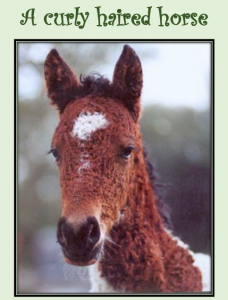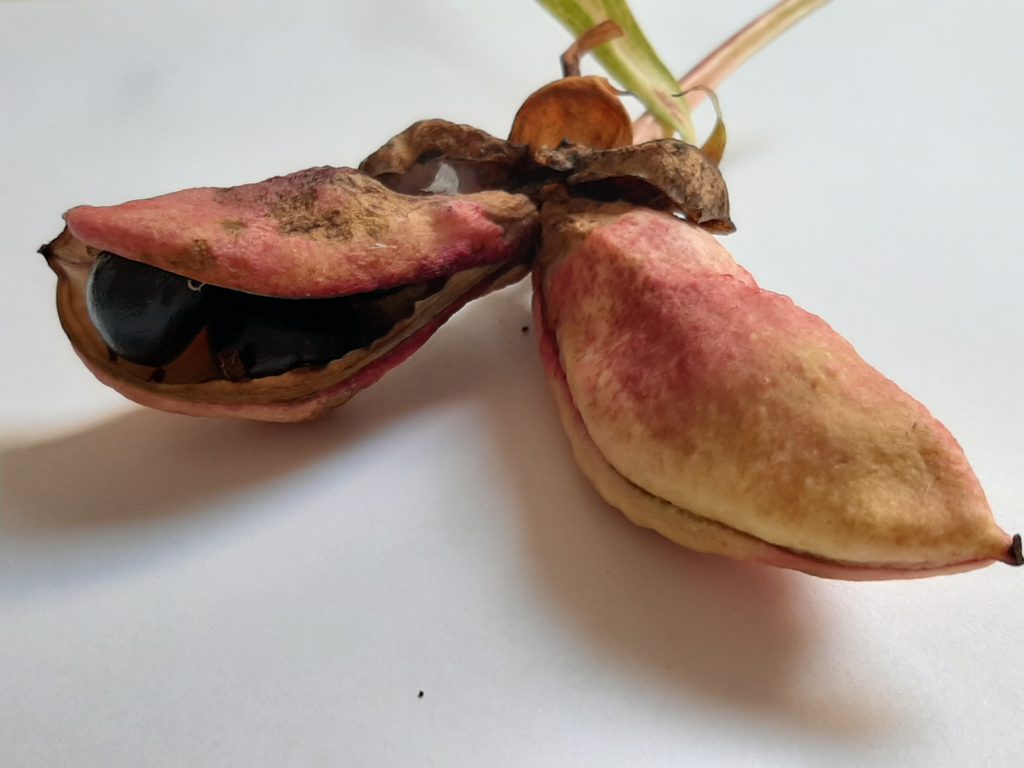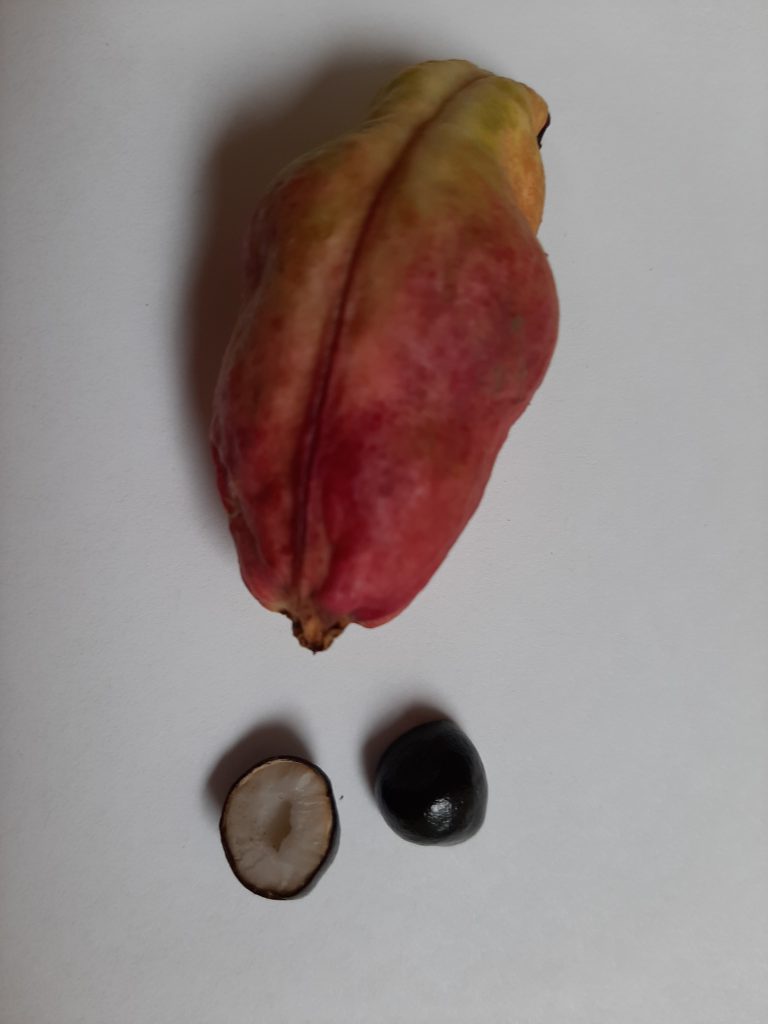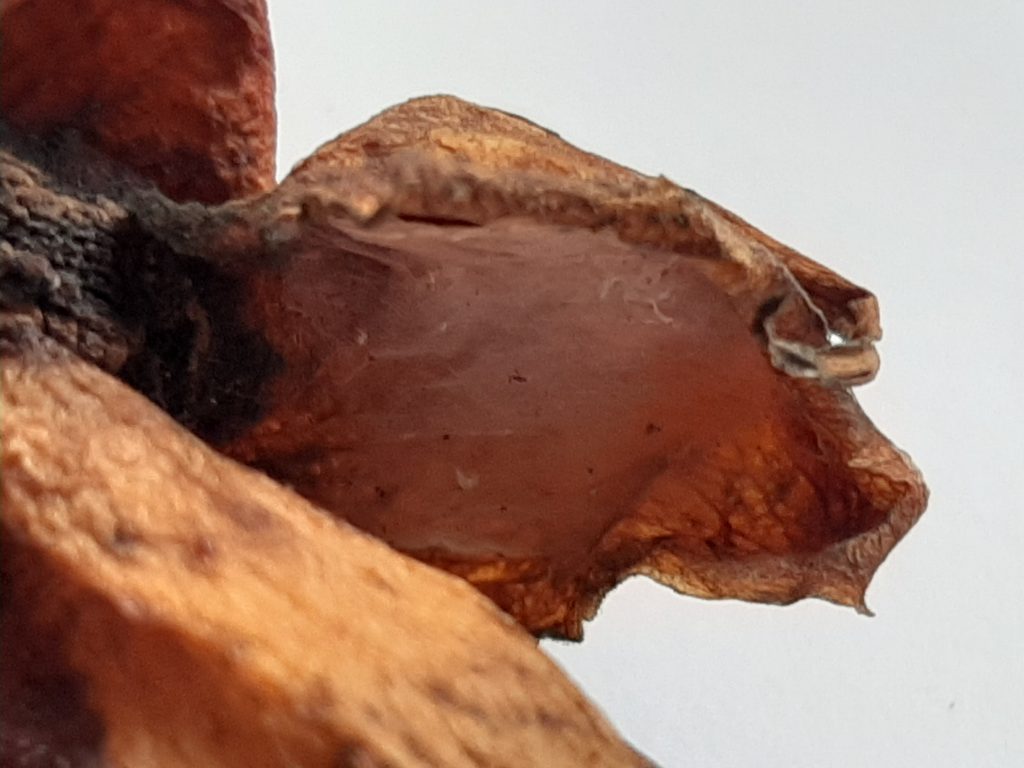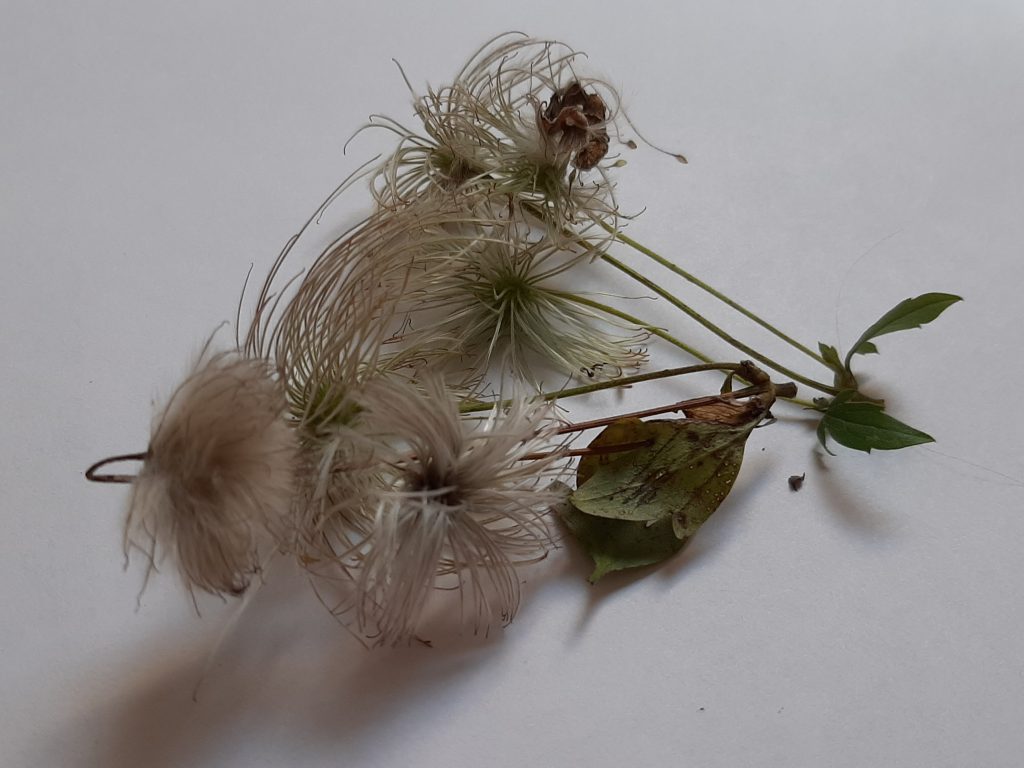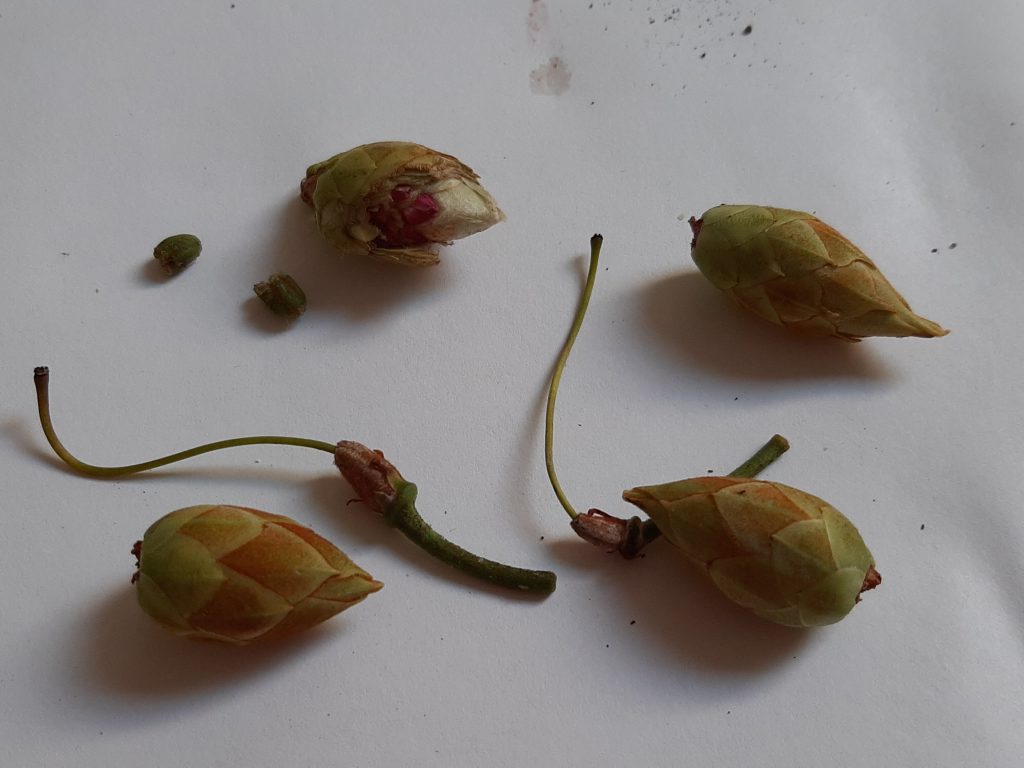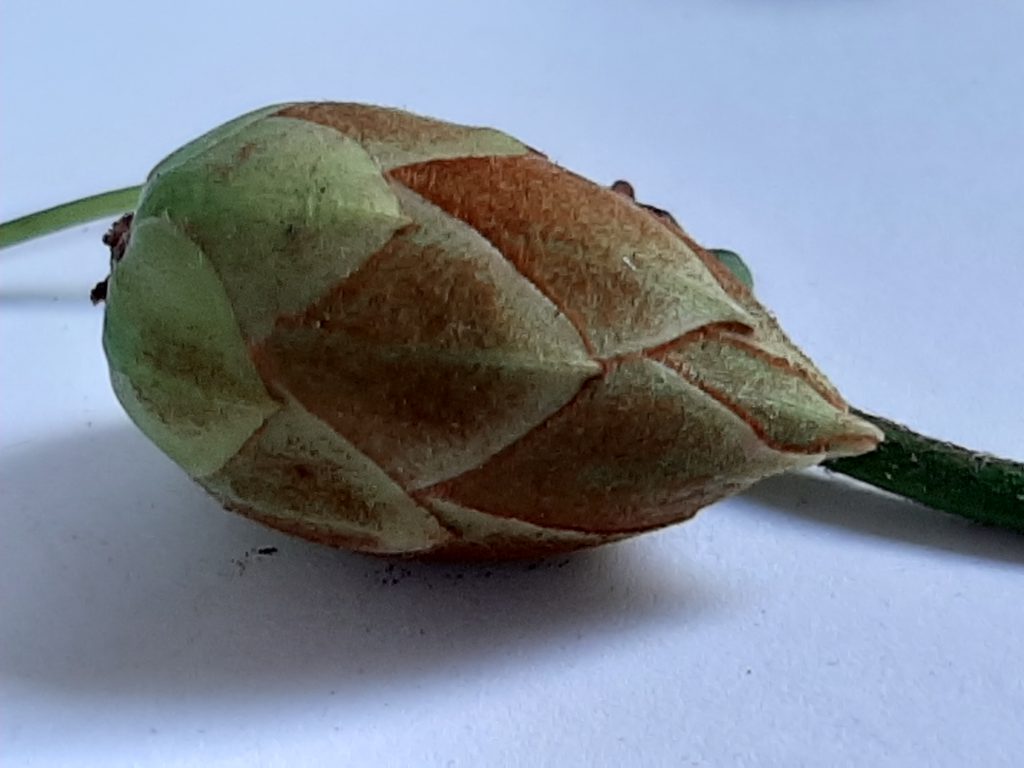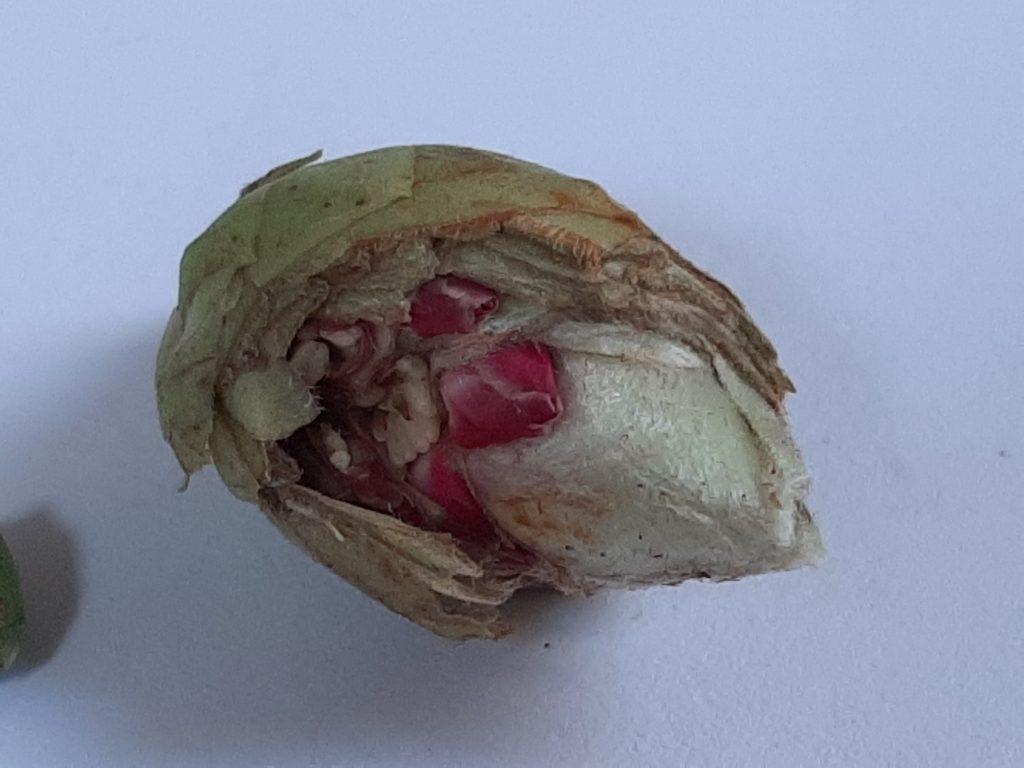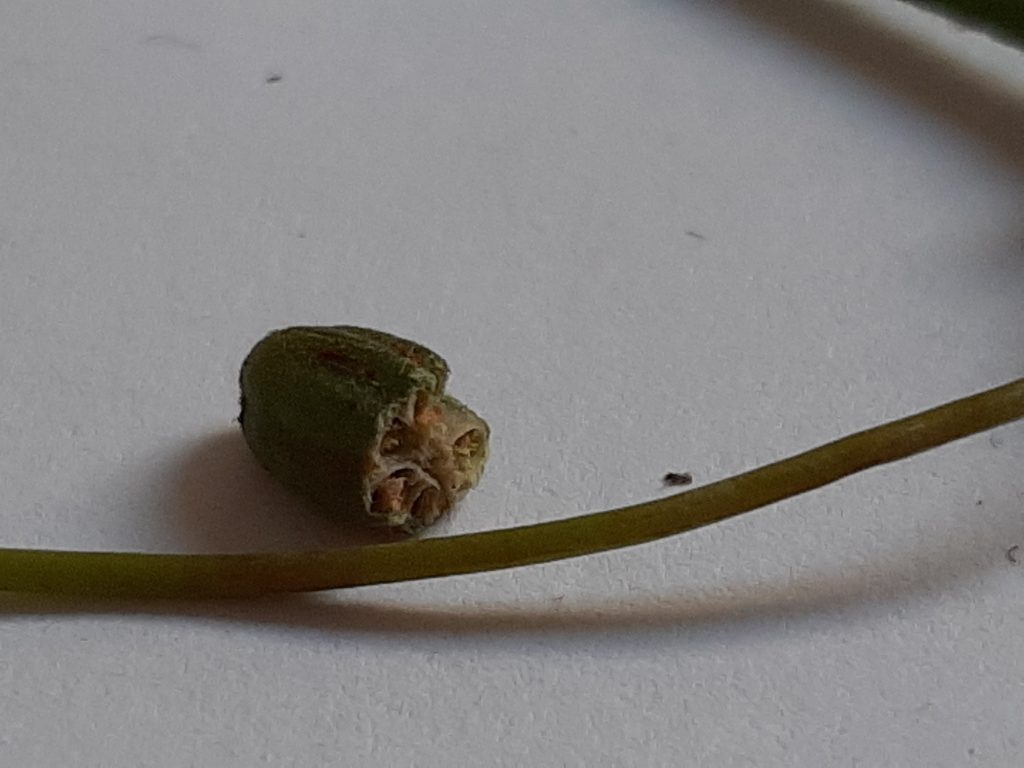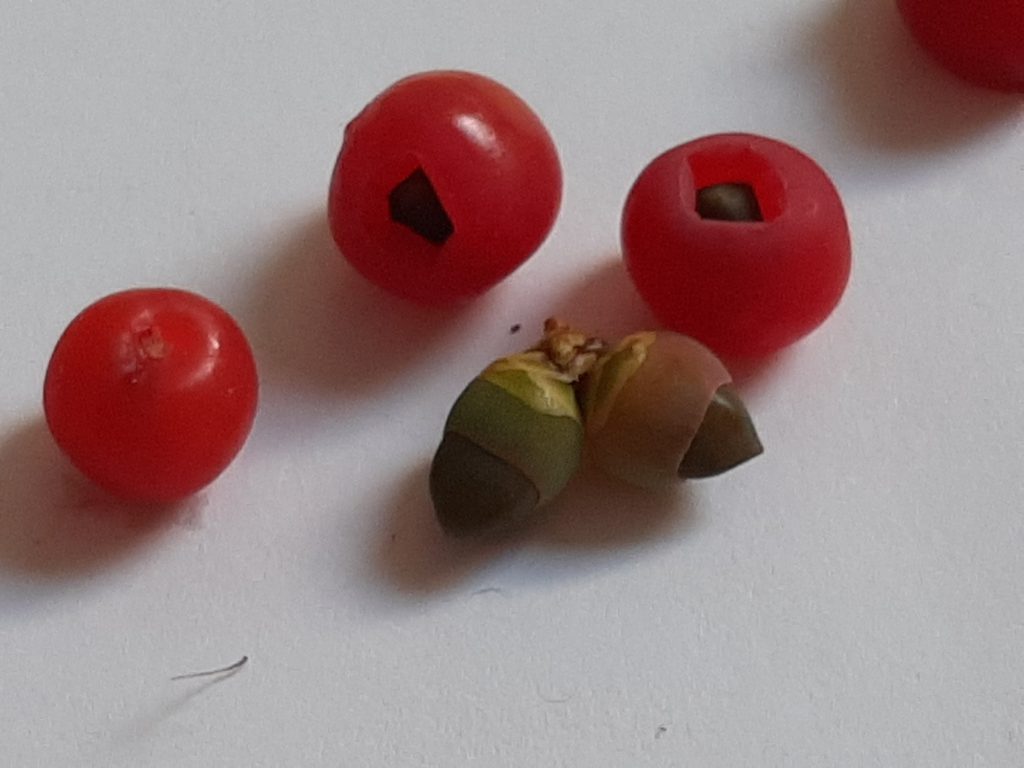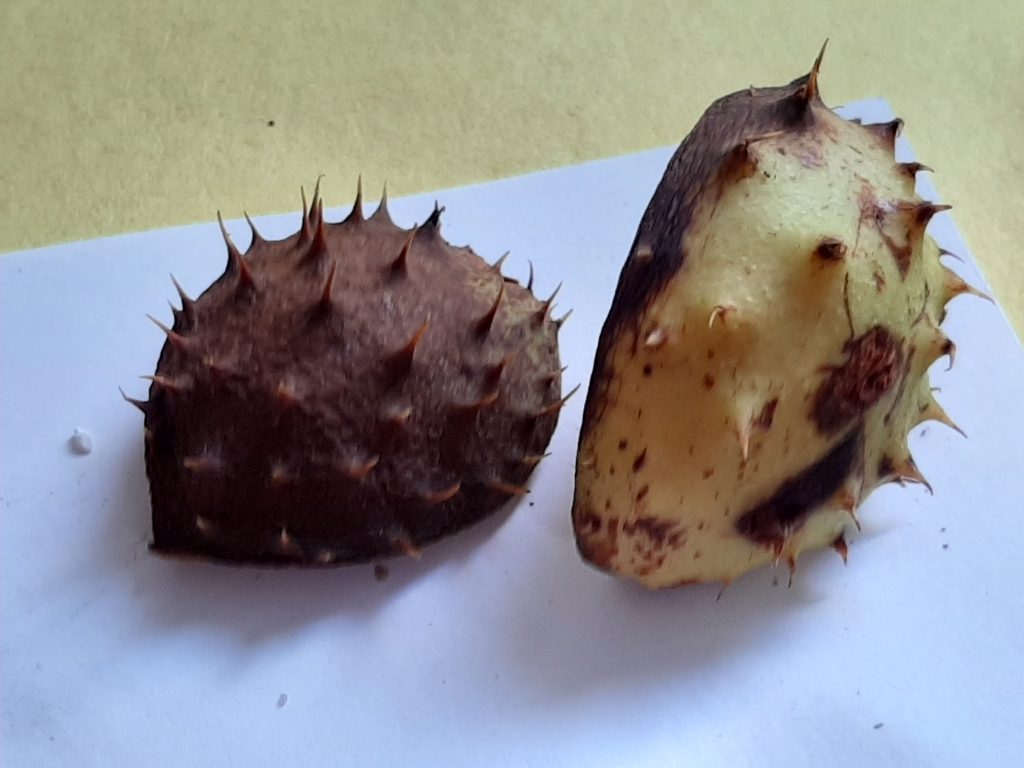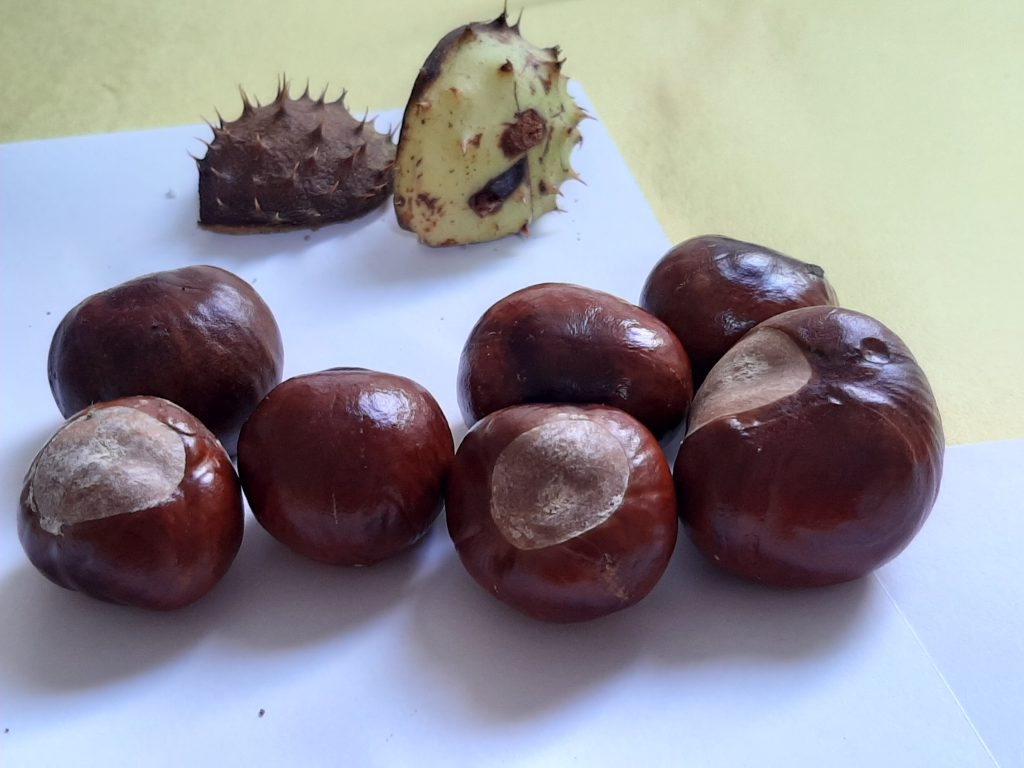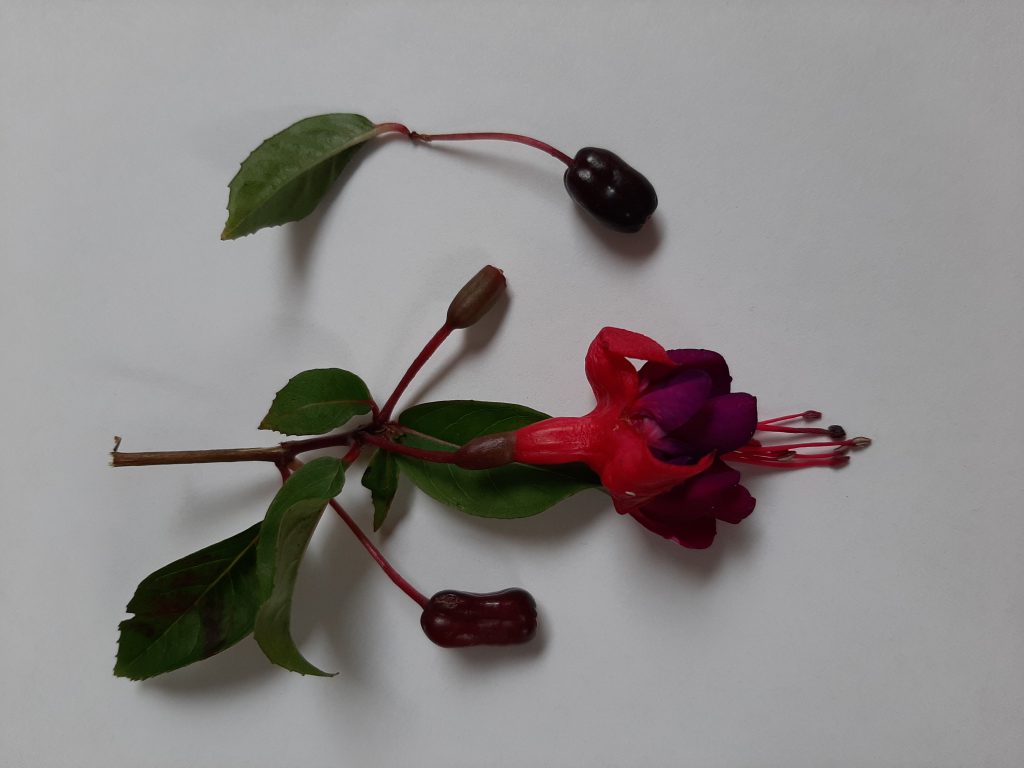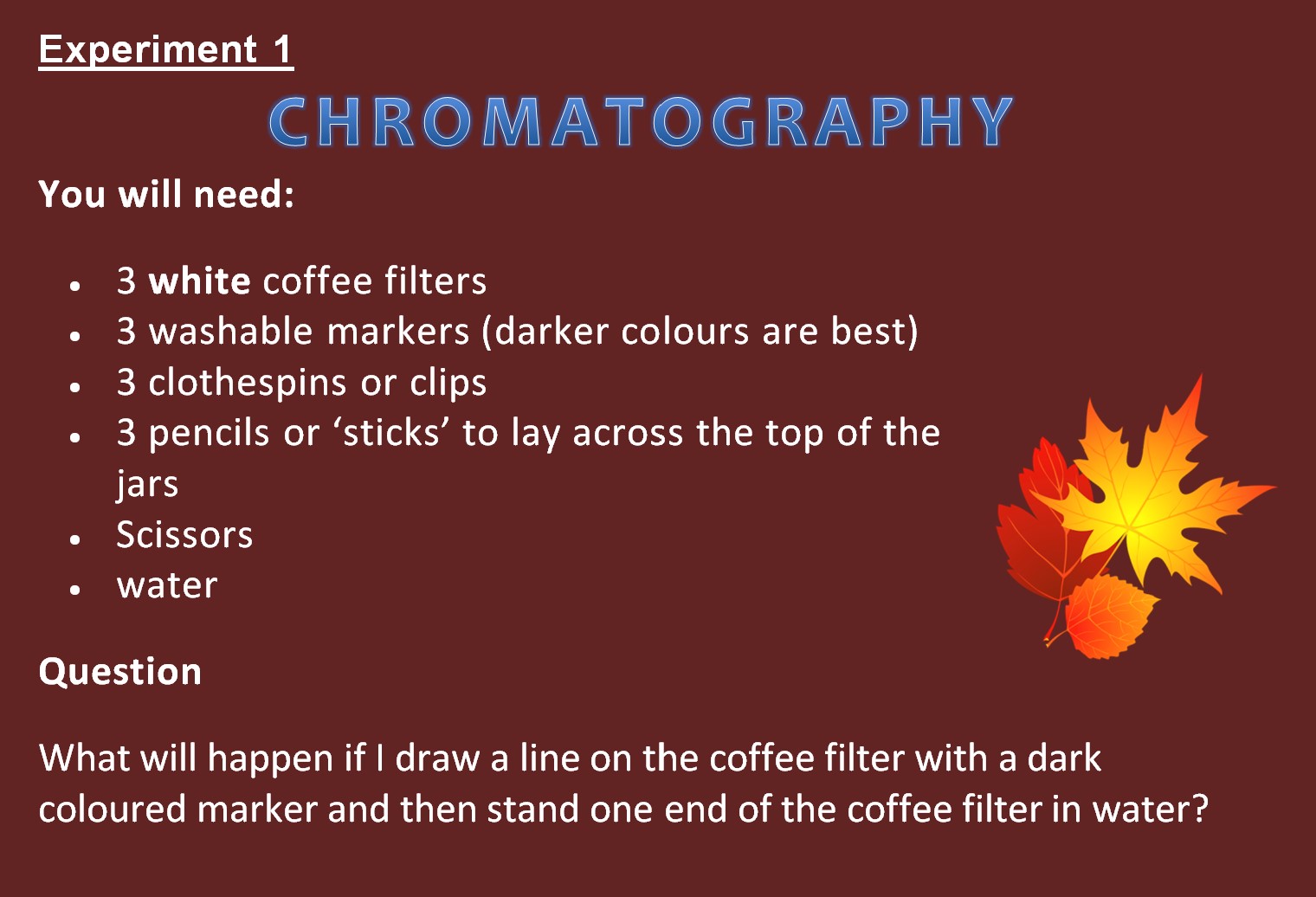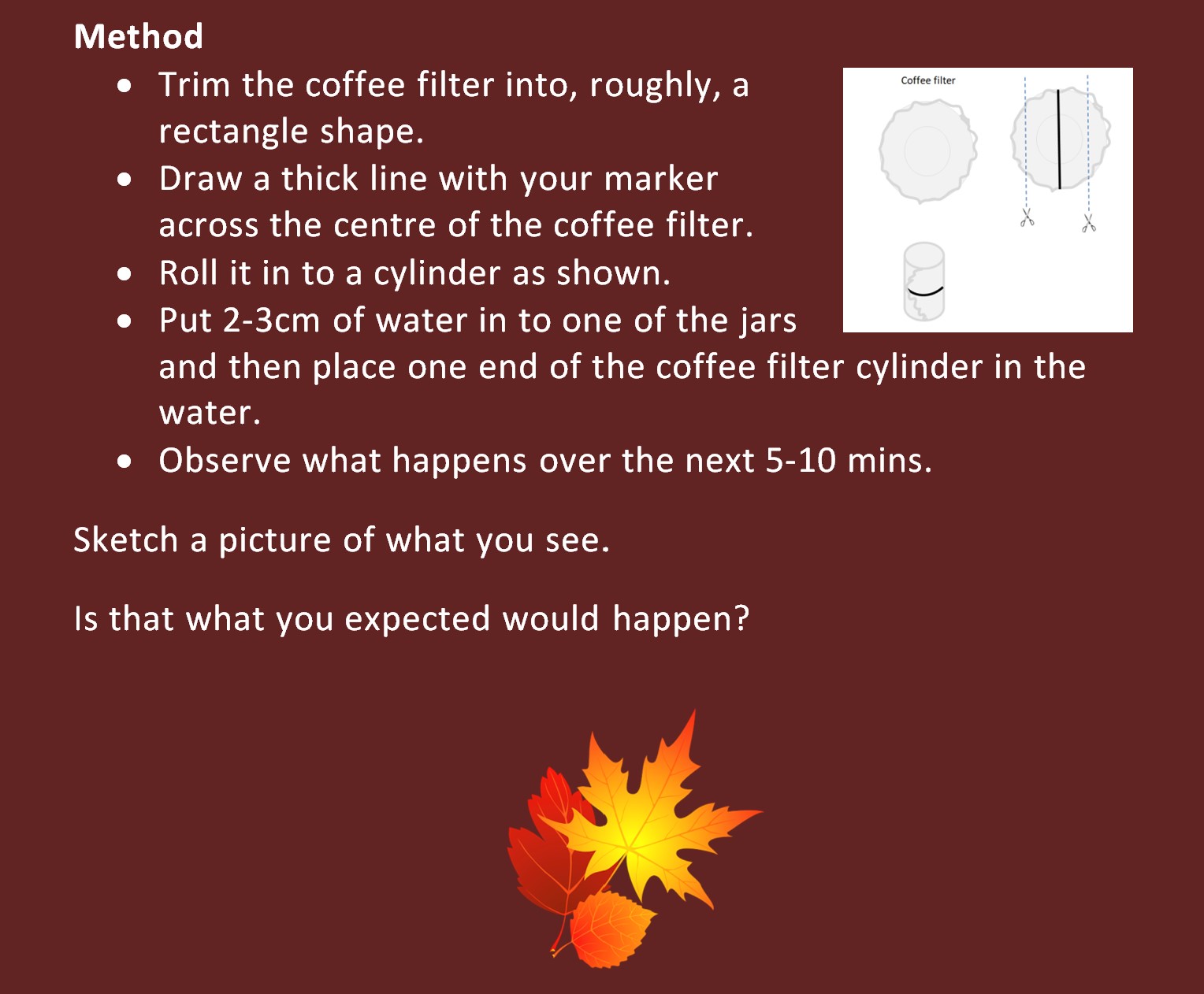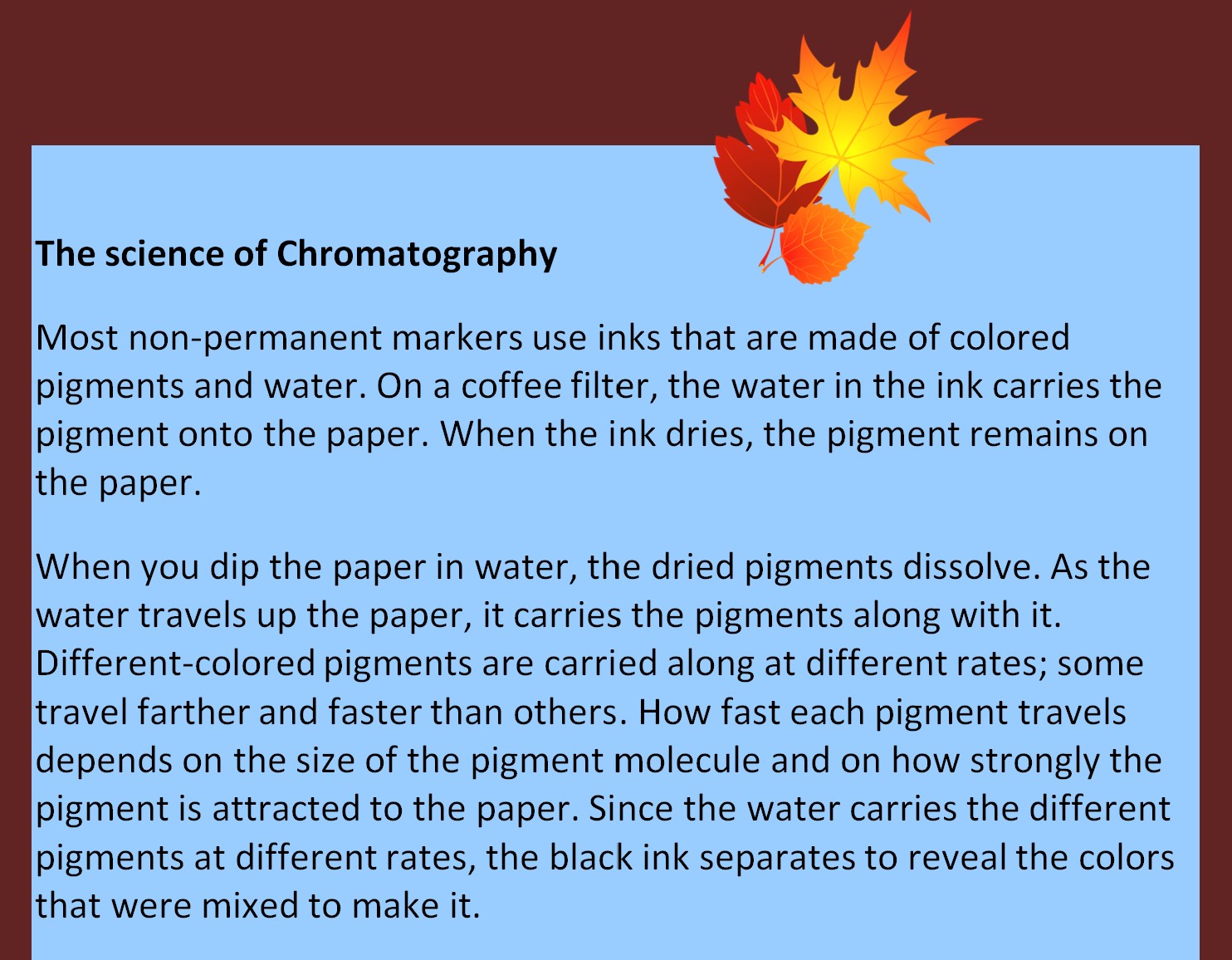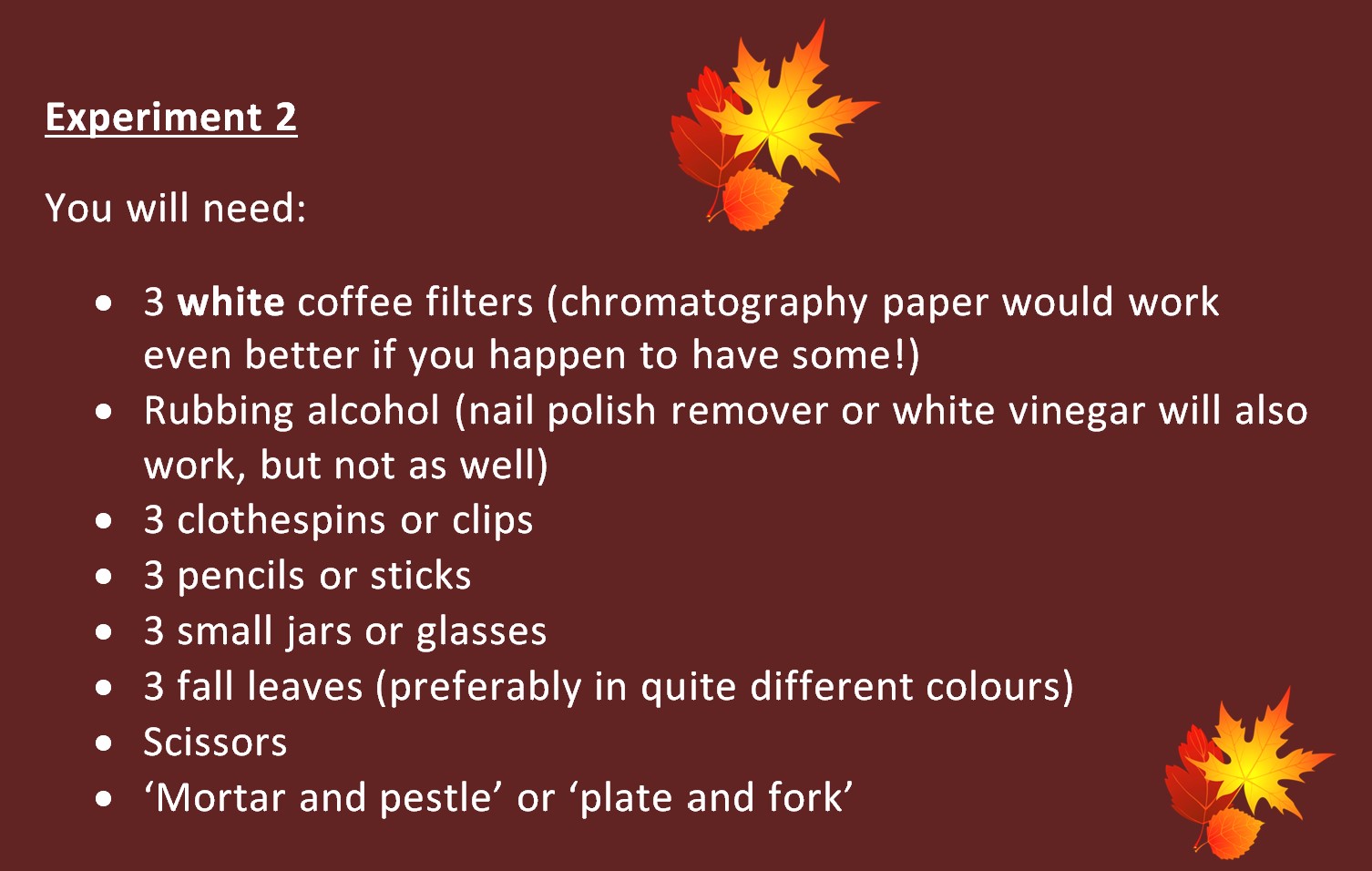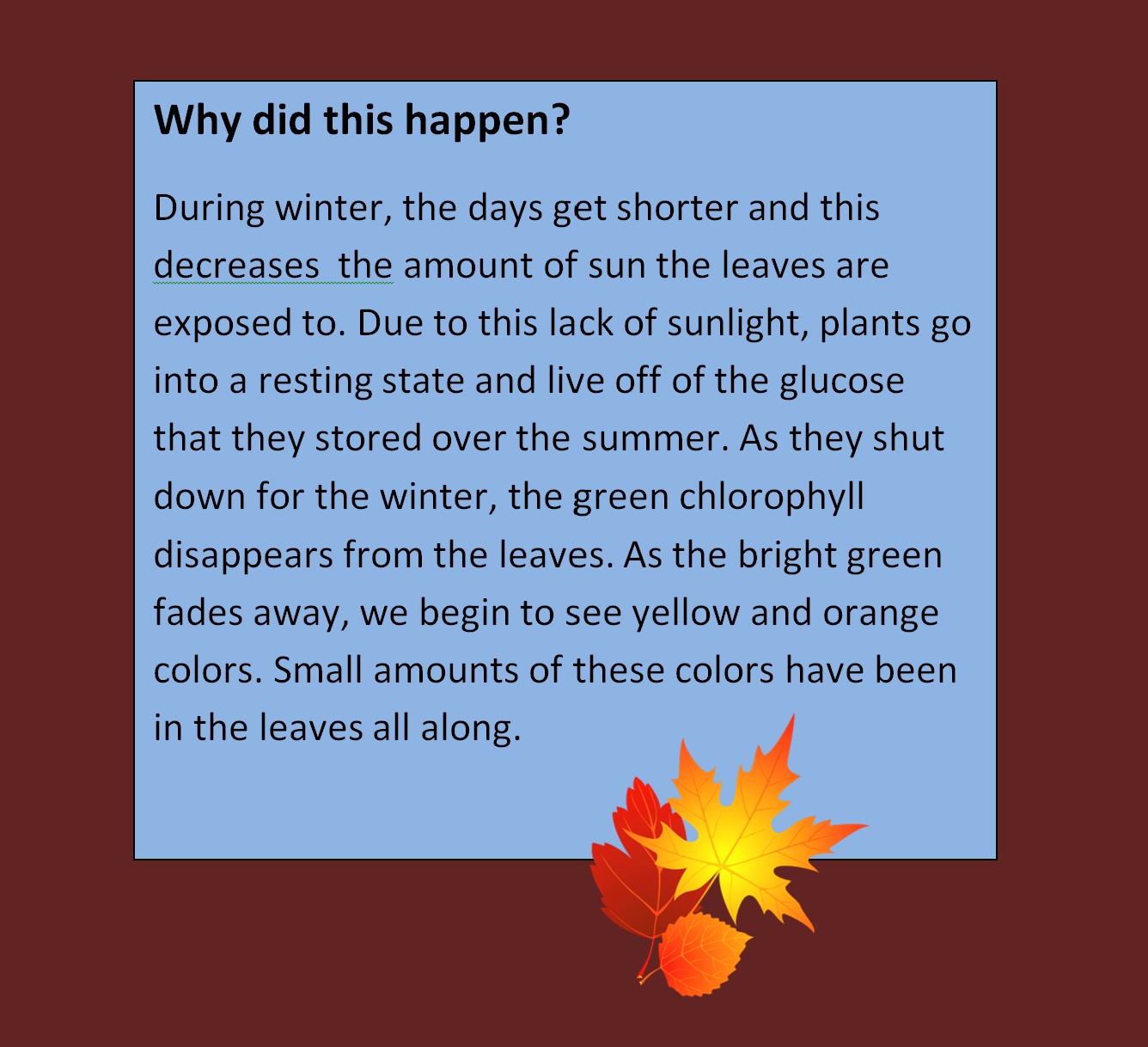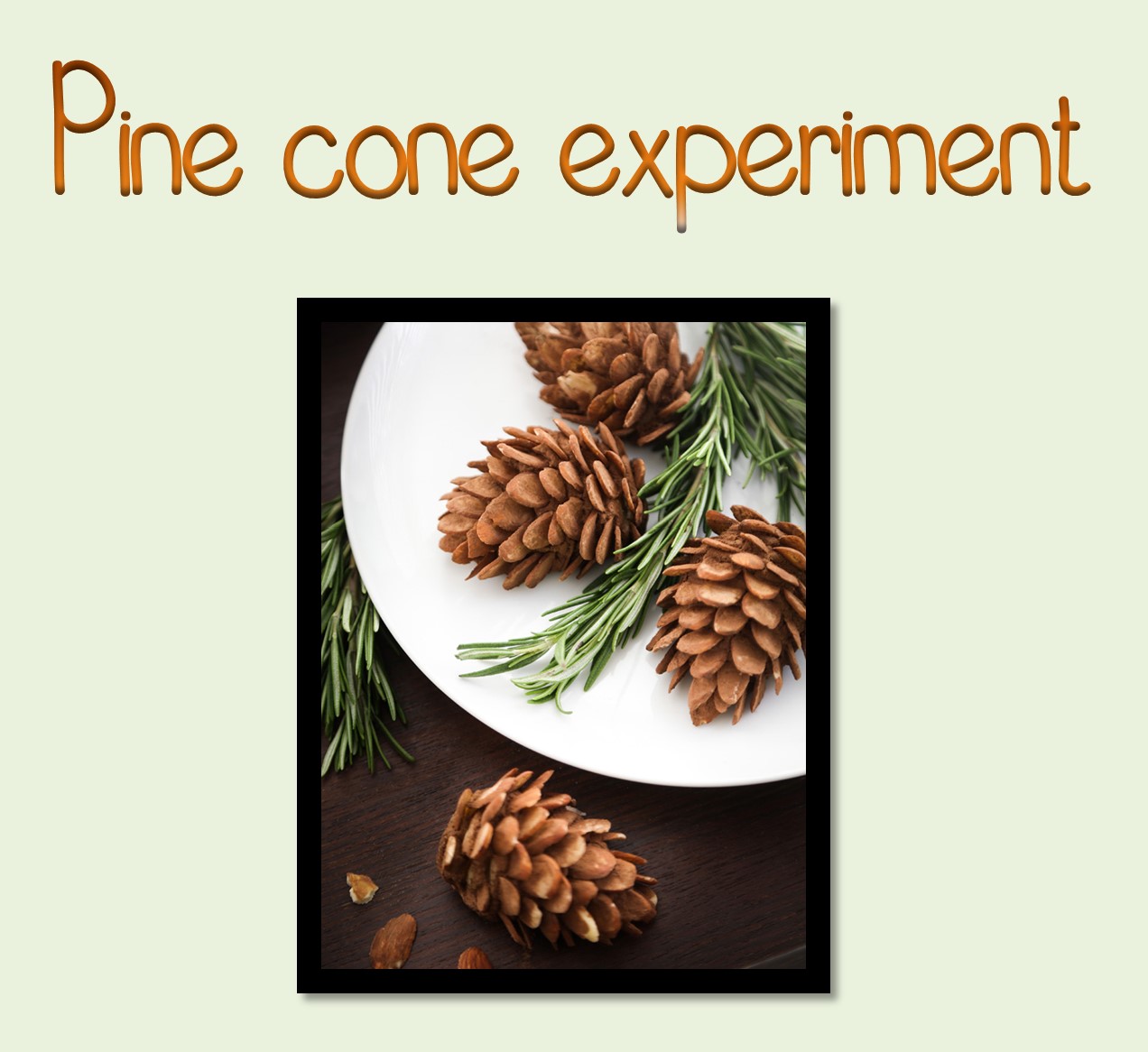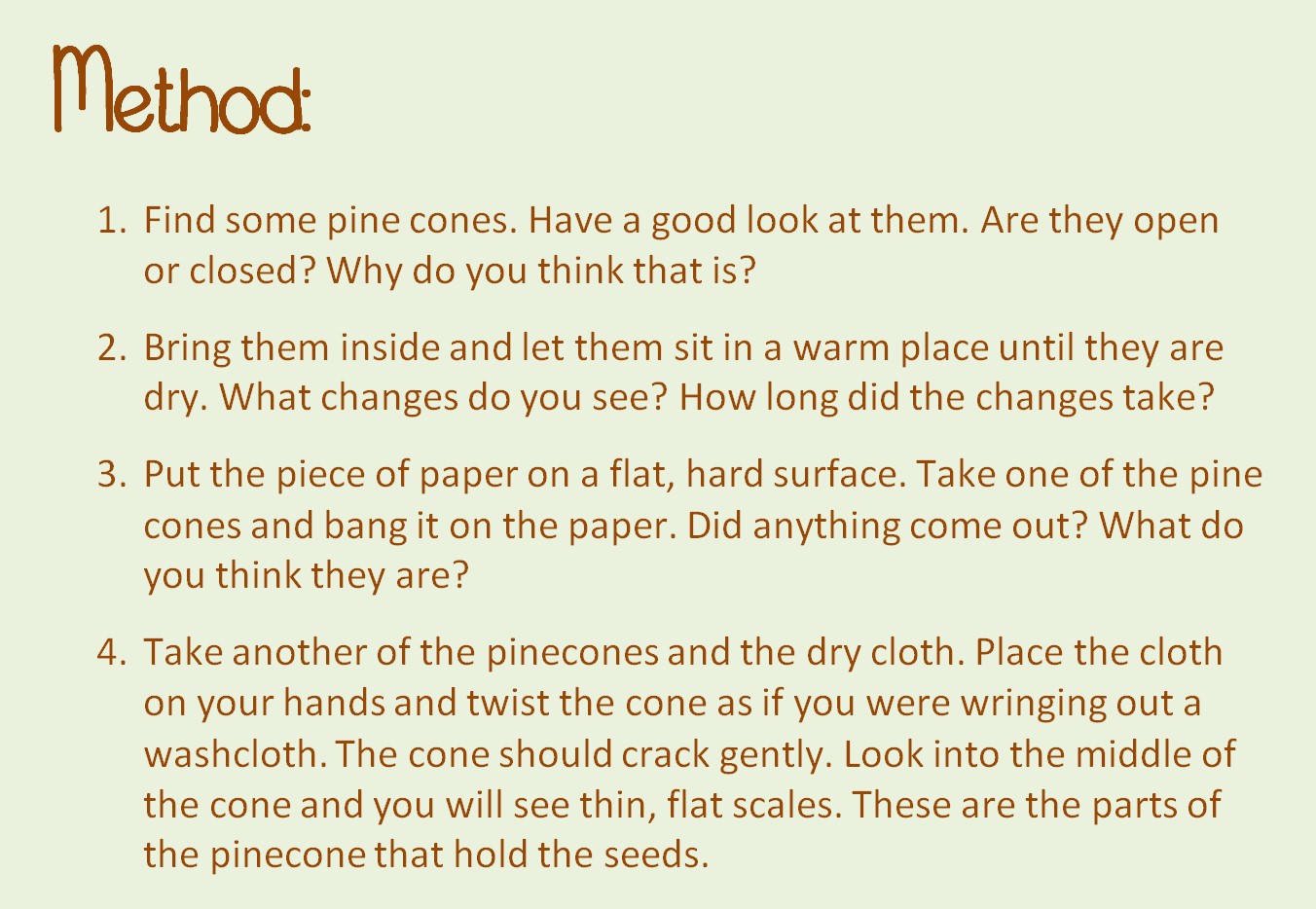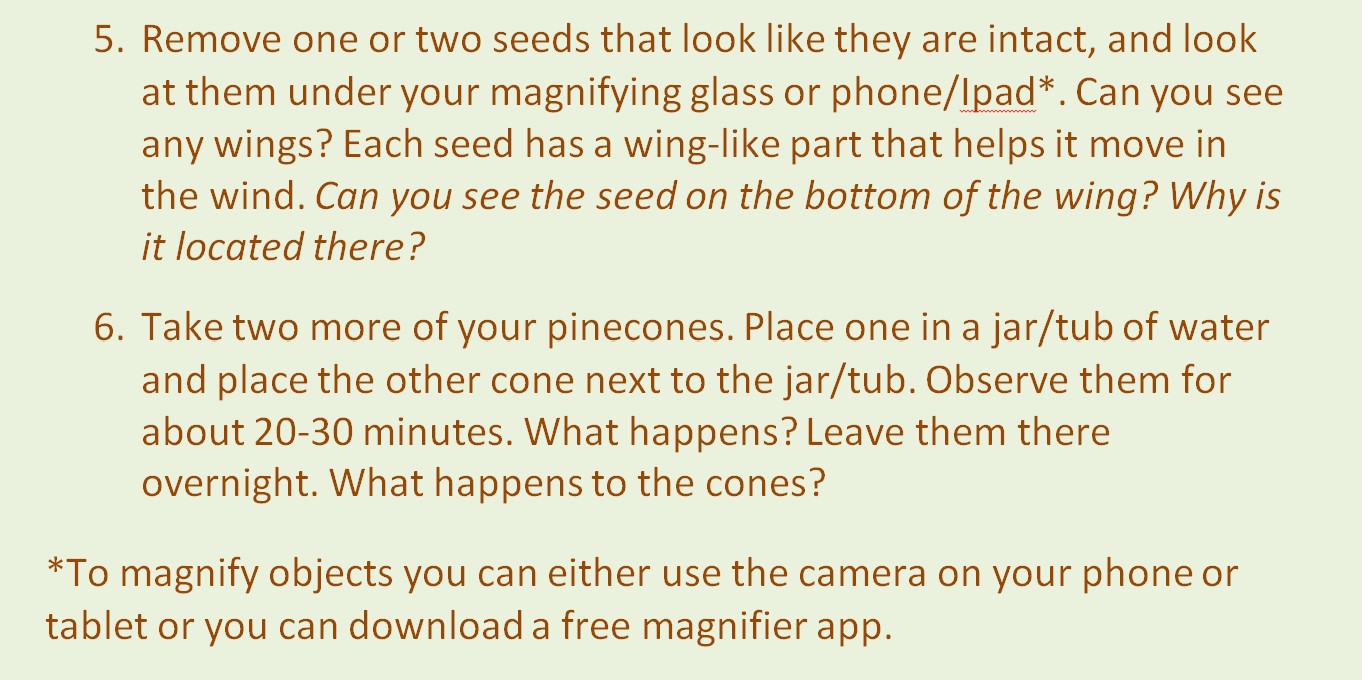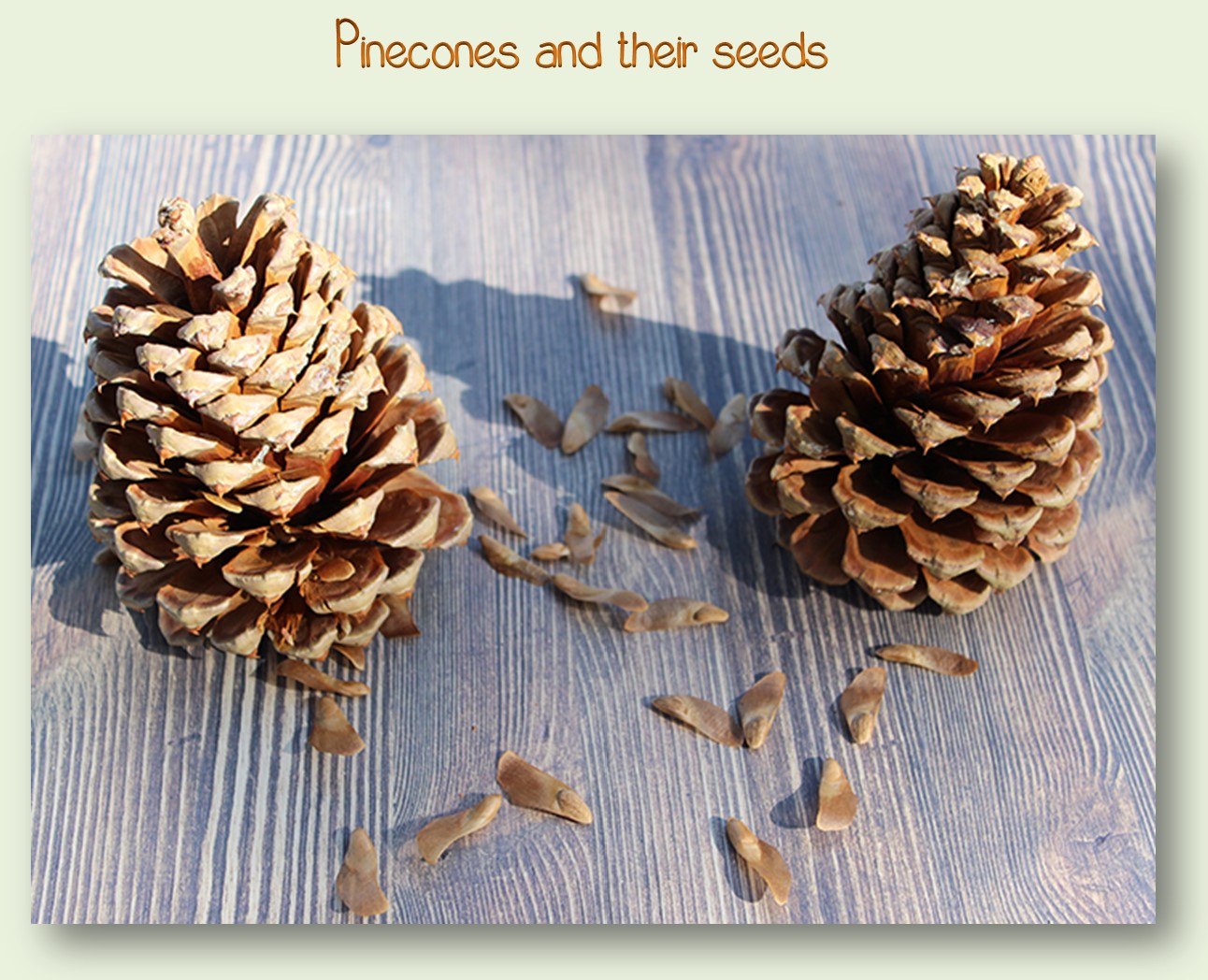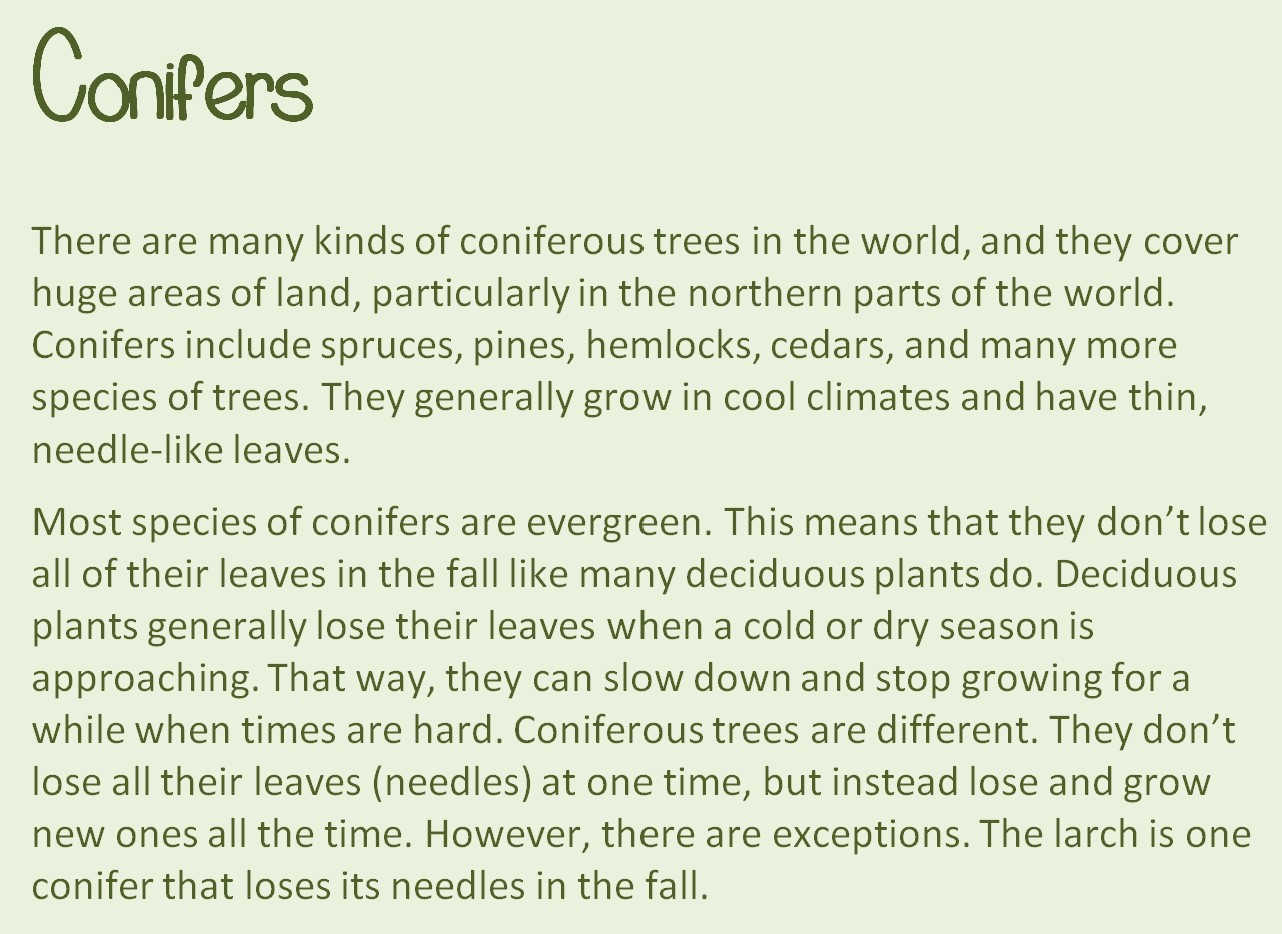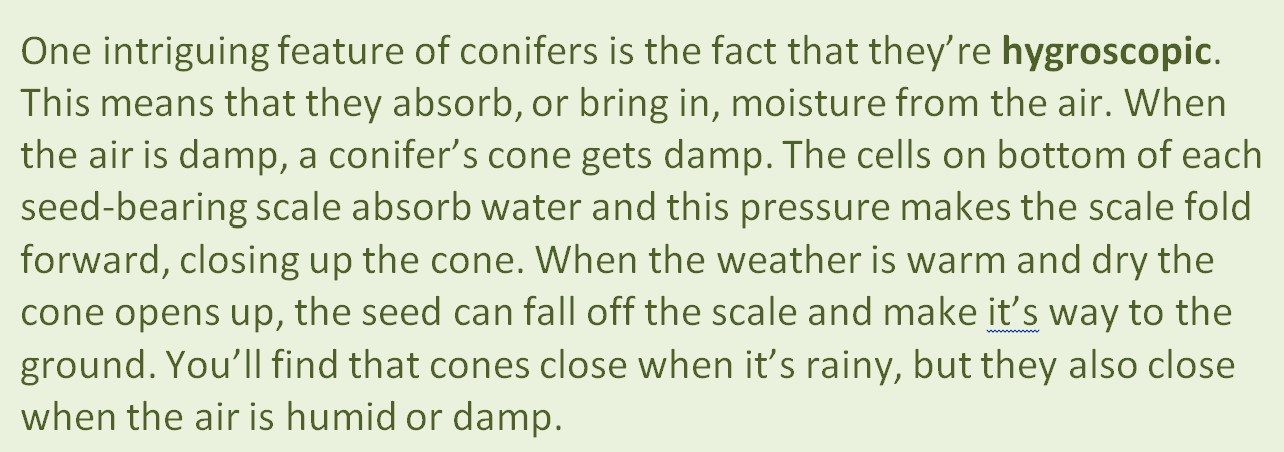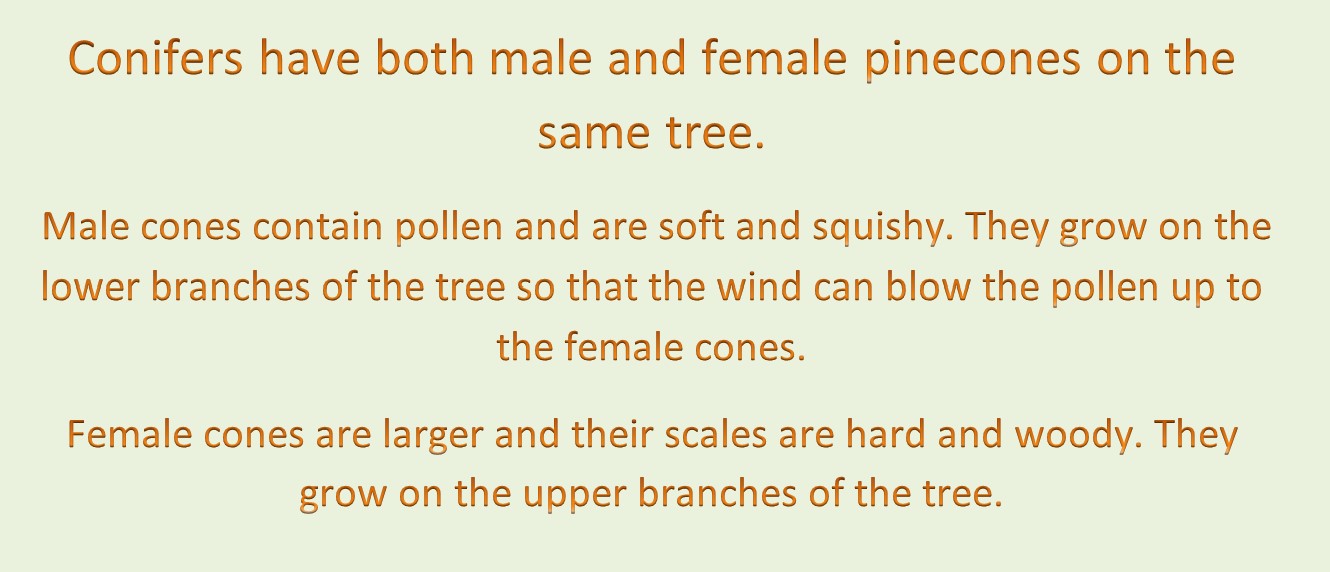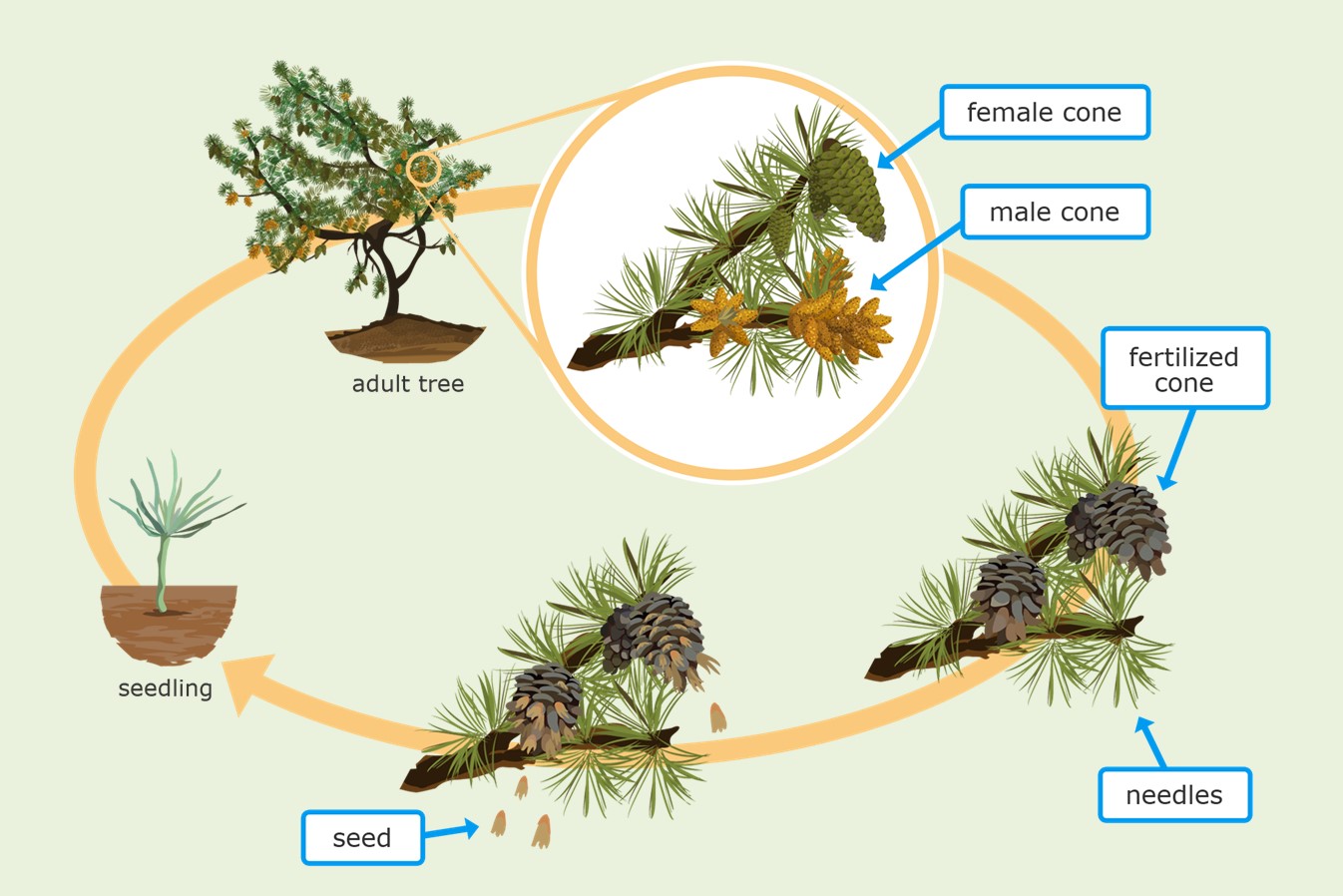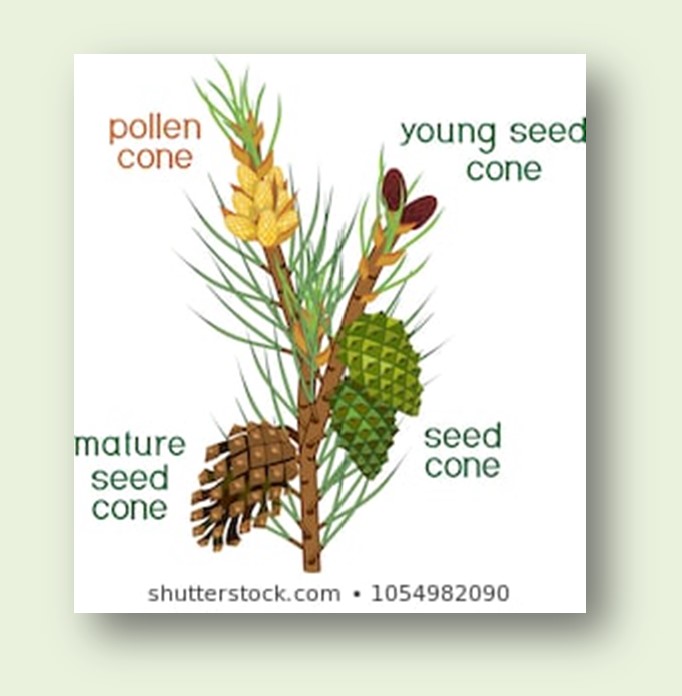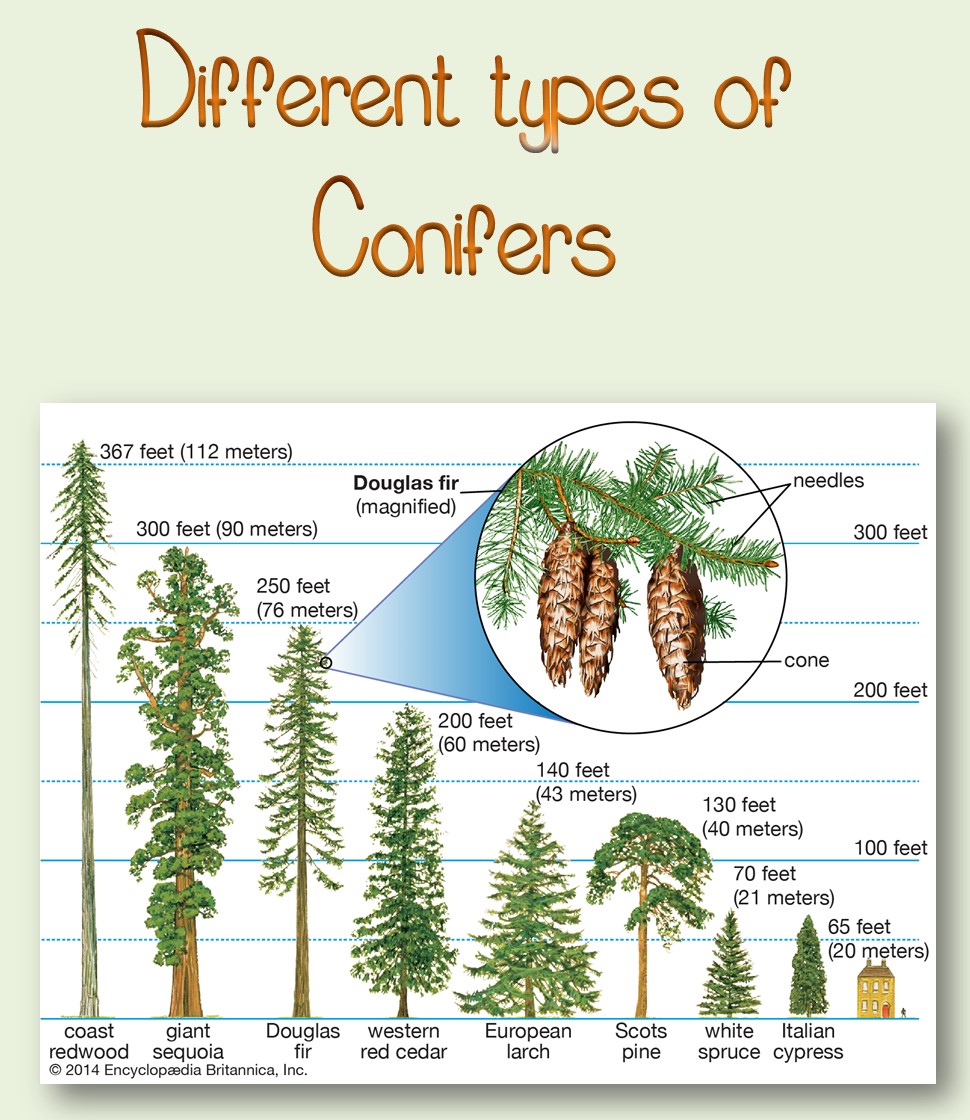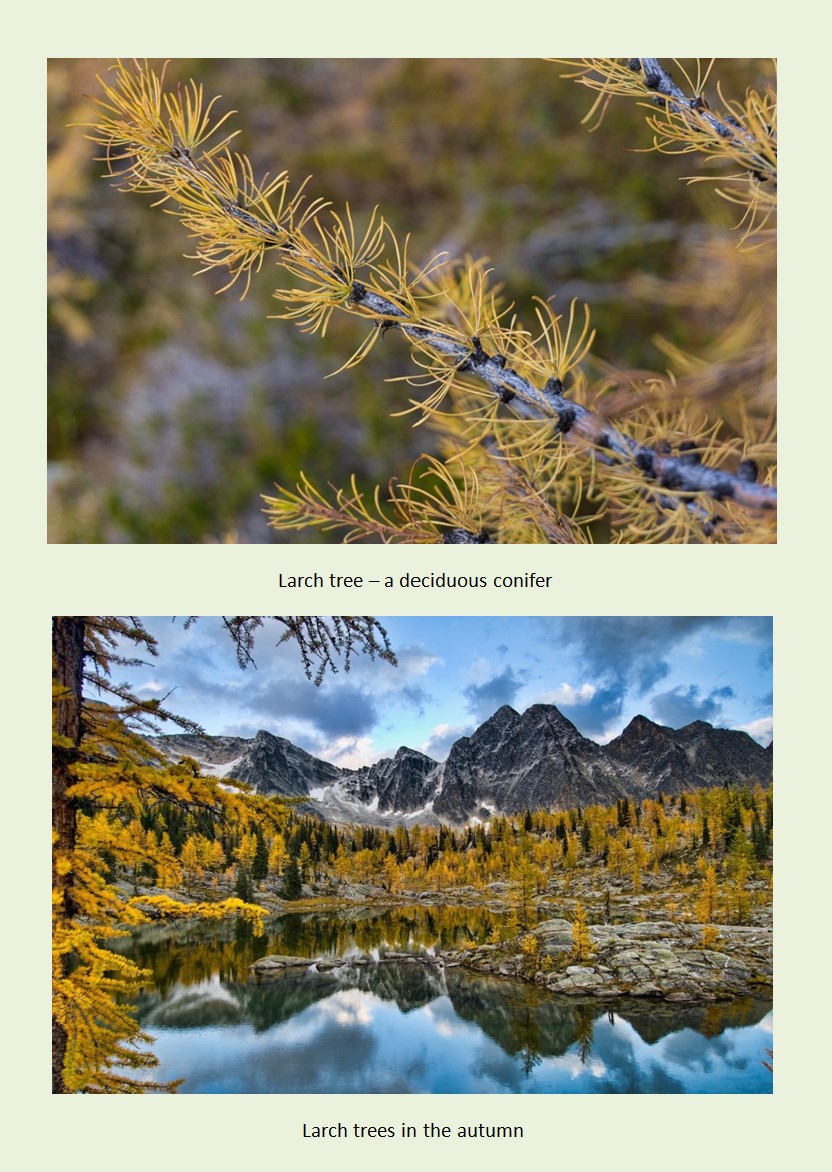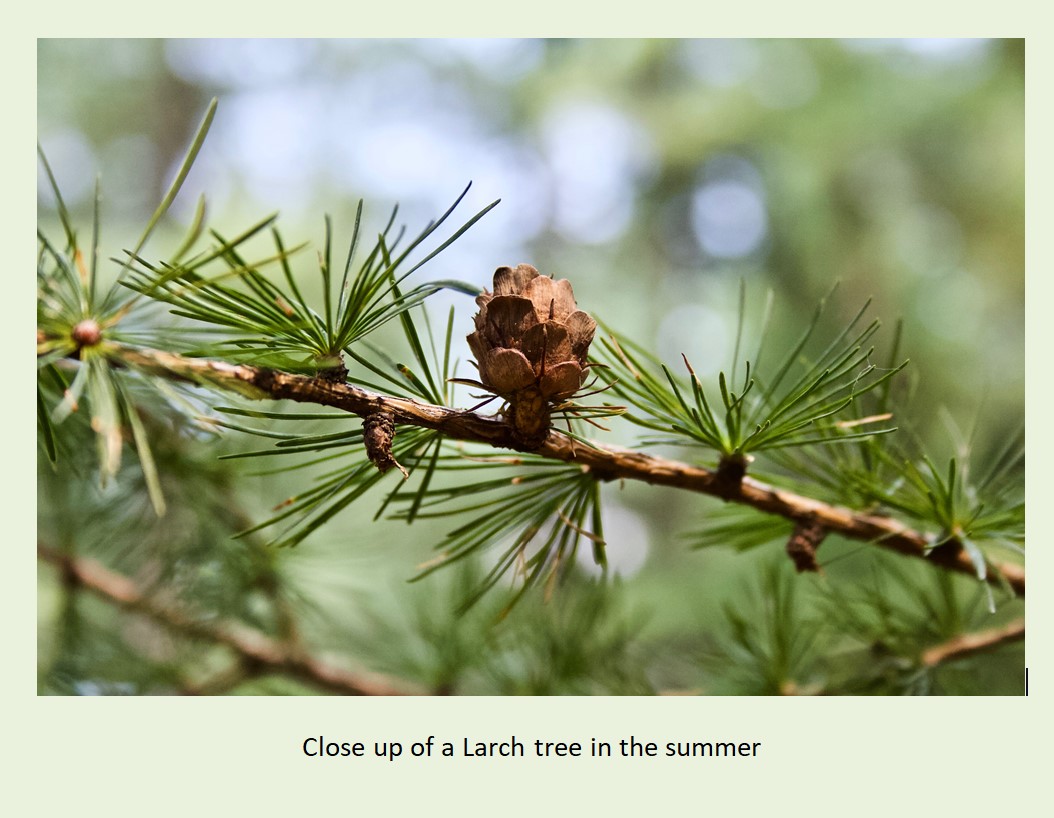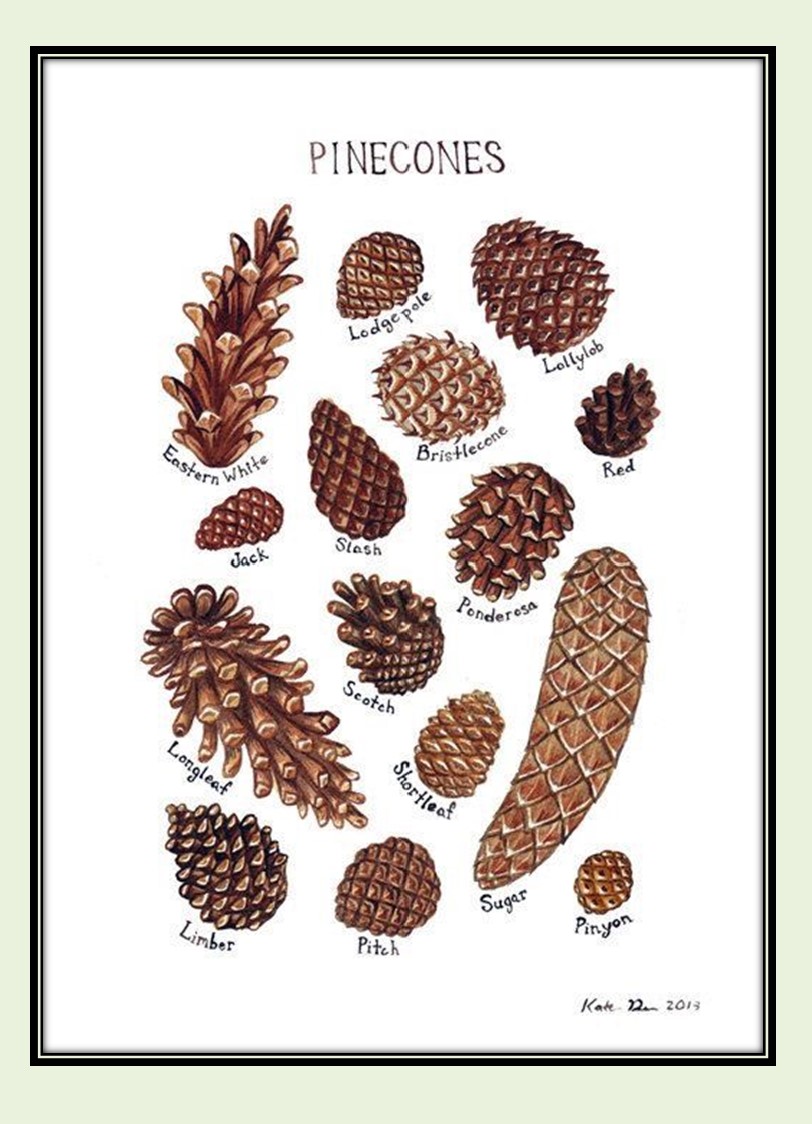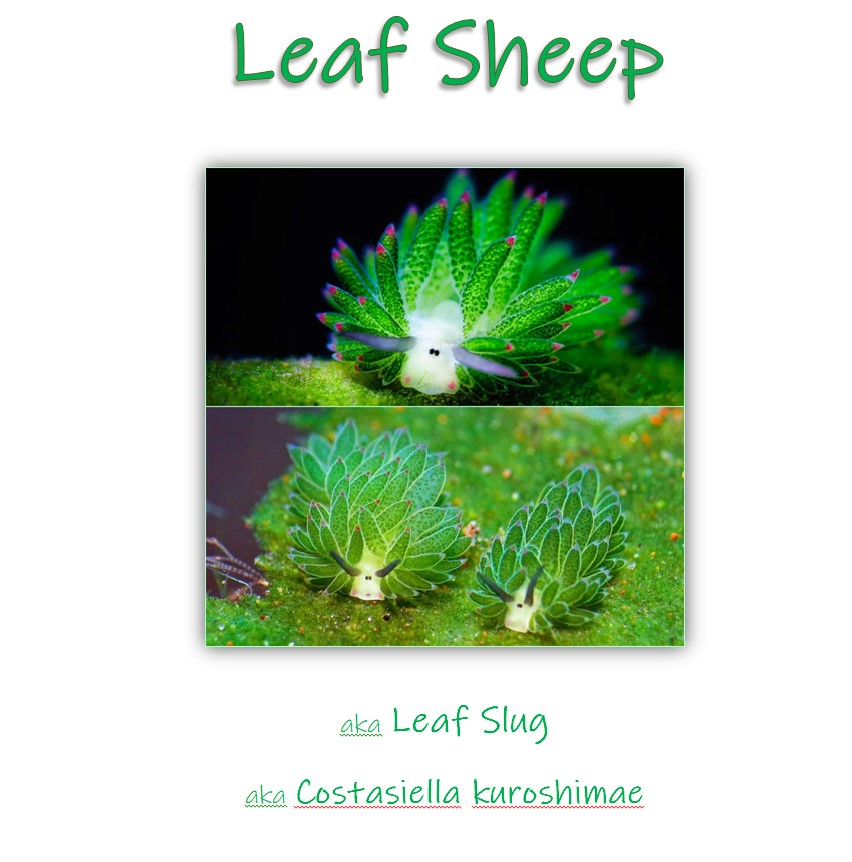This past Saturday I went for a walk in Lynn Canyon on the North Shore here in Vancouver.
We kept seeing clumps of something brilliant white on the forest floor that looked a bit like snow … but not really!
When we looked more closely, this is what we saw:


Very strange! It looked a little like the inside of bulrushes except it was brilliant white. I figured it must be some type of fungus.
Back at home, I decided to try and find out what it was and was delighted and amazed to find it was ice. More specifically Hair Ice!
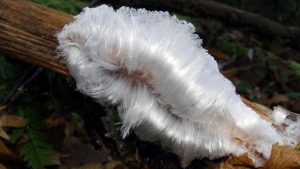
It’s actually quite rare and only occurs under certain conditions.
When there is high humidity and the temperature is around 0 to -2 degrees C, ice will form on dead branches lying on the forest floor, on the patches where the bark has fallen off. This is caused by the moisture in the branch freezing, expanding and being squeezed out of the branch. If there is also a particular fungus present in the branch, then instead of forming a film of ice on the branch, individual hairs of ice are formed.
This phenomenon only occurs in forests that are around the same latitude as Vancouver and the hair ice is often hidden by snow or else it melts as soon as the sun hits it.
I feel very lucky to have seen such an amazing and beautiful natural sight.



